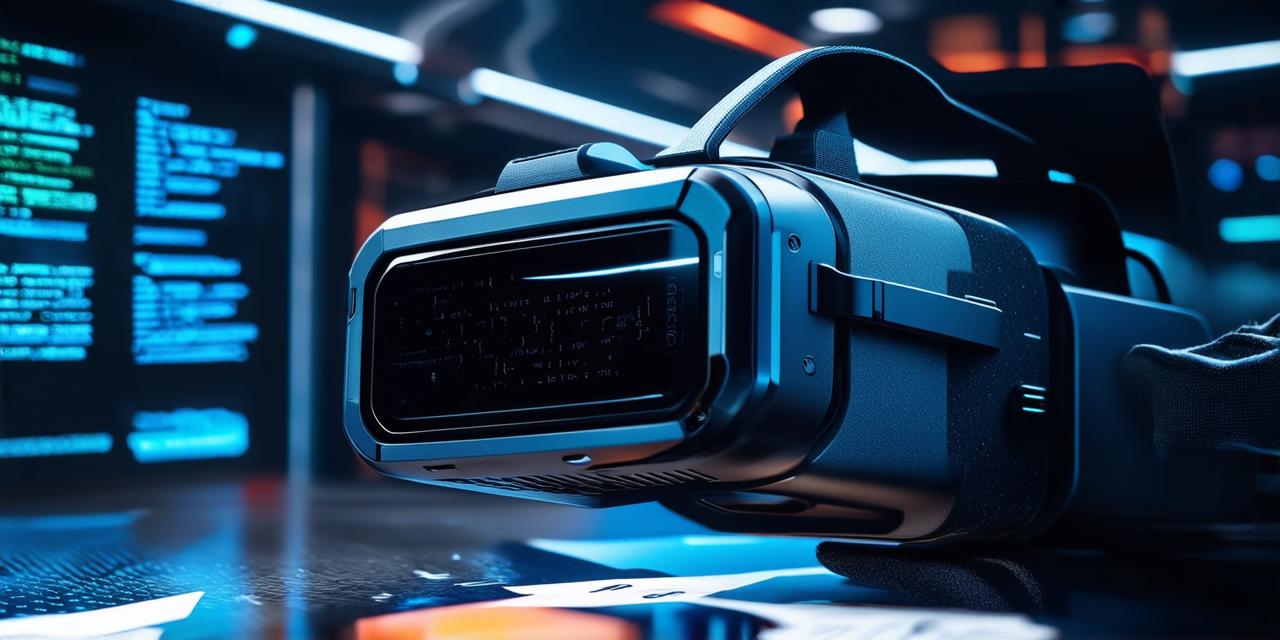1. Unity: A Leading VR Development Platform
Unity is a popular game engine and development platform that supports both 2D and 3D game development, including virtual reality. Unity offers a range of features for developing VR applications, such as support for multiple VR devices, advanced graphics rendering capabilities, and integration with various third-party tools and services. Unity’s ease of use and wide community make it an excellent choice for VR app development.
1. Unreal Engine: A High-Performance VR Development Platform
Unreal Engine is another leading game engine that supports virtual reality development. It offers advanced graphics rendering capabilities, support for multiple VR devices, and a range of tools for creating immersive experiences. Unreal Engine’s high-performance capabilities make it an excellent choice for complex VR applications, such as simulations and training programs.
1. A-Frame: A Web-Based VR Development Platform
A-Frame is a web-based VR development platform that allows developers to create virtual reality experiences using HTML, CSS, and JavaScript. A-Frame is easy to use and supports a range of VR devices, making it an excellent choice for creating simple VR applications. Additionally, A-Frame’s integration with popular web frameworks such as React and Angular makes it easy to integrate with existing web applications.
1. WebVR: An Open-Source VR Development Platform
WebVR is an open-source VR development platform that allows developers to create virtual reality experiences using HTML, CSS, and JavaScript. WebVR provides advanced graphics rendering capabilities, support for multiple VR devices, and a range of tools for creating immersive experiences. WebVR’s open-source nature makes it an excellent choice for developers who want to customize their VR applications to meet specific needs.
1. HoloLens: A Microsoft VR Development Platform
HoloLens is a virtual reality headset developed by Microsoft that supports augmented reality (AR) and mixed reality (MR) experiences. HoloLens offers advanced graphics rendering capabilities, support for multiple devices, and a range of tools for creating immersive experiences. HoloLens’ integration with Microsoft’s development platforms such as Unity and Unreal Engine makes it an excellent choice for developers who want to create AR/VR applications using Microsoft technology.
Optimizing VR App Development Services with SEO Techniques
To increase the visibility of virtual reality app development services in search engines, there are several SEO techniques that can be used. These include:
- Keyword Research: Identify relevant keywords related to VR app development and optimize the content of the website and blog posts for these keywords. This will improve the search engine ranking of the website for those keywords.
- On-Page Optimization: Optimize the website’s meta tags, title tags, header tags, and URL structure for relevant keywords. This will help search engines understand the content of the website and improve its ranking in search results.
- Content Marketing: Create high-quality blog posts and other content related to VR app development. Share this content on social media platforms and other websites to increase visibility and backlinks.
- Link Building: Build high-quality backlinks from relevant websites to the VR app development website. This will improve the website’s authority and search engine ranking.
- Local SEO: Optimize the website for local search by adding relevant keywords, location-based content, and contact information. This will help users in specific locations find the VR app development service.
Case Studies of Successful VR App Development Services
1. The North Face’s Virtual Reality Experience: The North Face created a virtual reality experience that allowed customers to try on their clothing in a 3D environment. This immersive experience increased sales and customer engagement.
2. NASA’s VR Training Program: NASA developed a virtual reality training program for astronauts that simulated space missions. This program improved the astronauts’ performance and reduced
